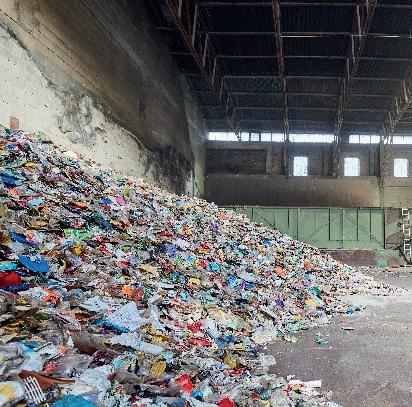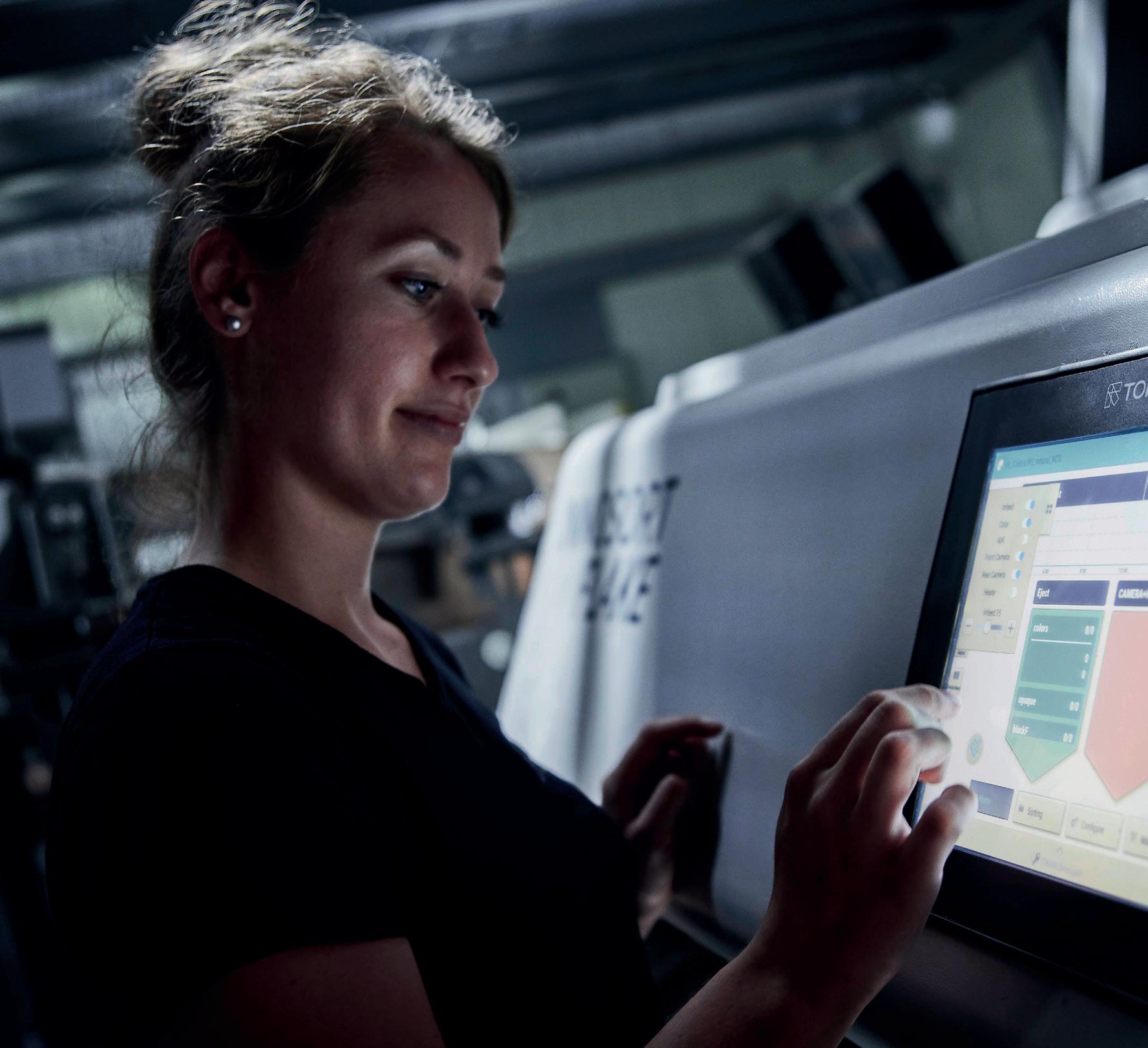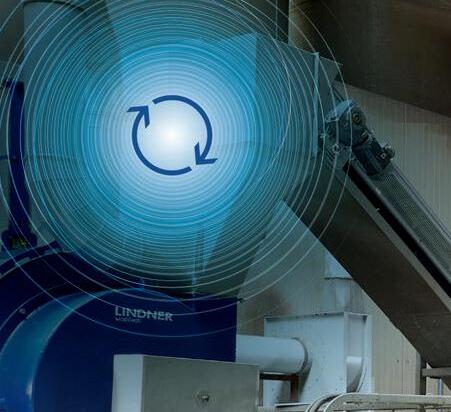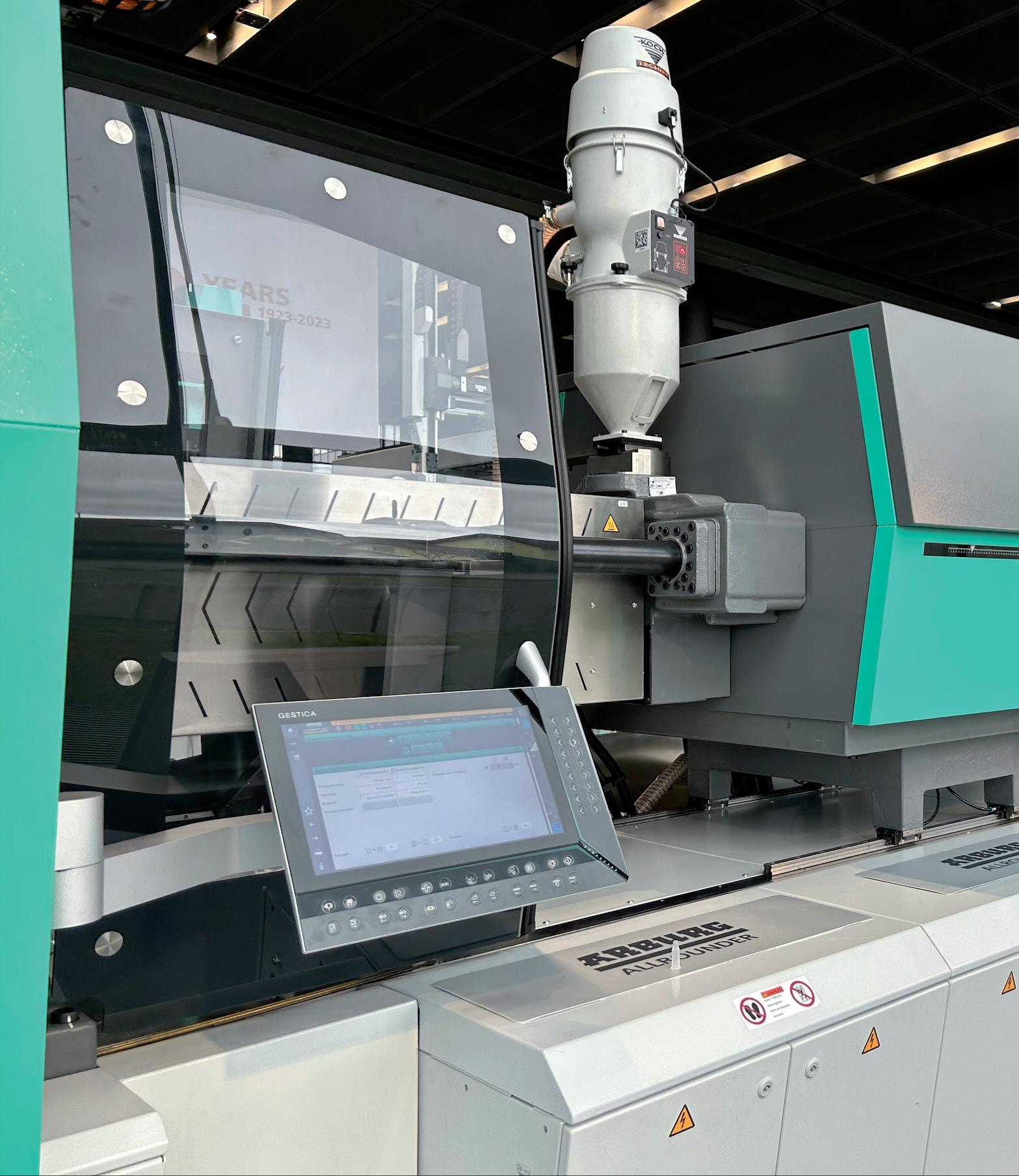
3 minute read
Va-va-voom your vacuum handling system!
from BP&R Mar 23
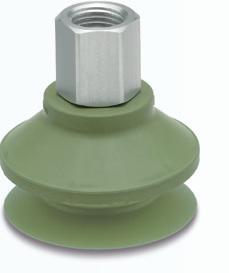
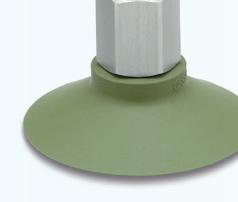
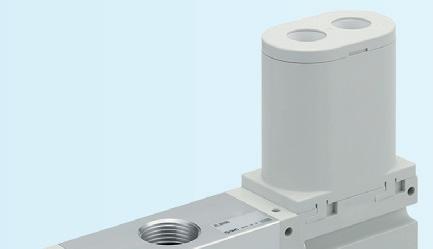
How can you be sure your vacuum handling system is performing to its optimum potential? Are you in fact risking breakage or damaging leaks – or even total line shutdown, through a few misguided choices?


SMC, the UK market leader in pneumatic and automation technology, gets back to basics on selecting the right components in the first place, and how to optimise your vacuum handling system now and in the future.
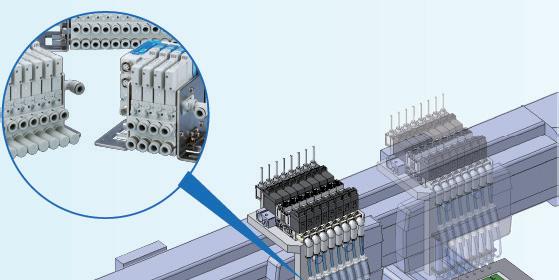

In any vacuum system the application and layout are at its heart. This typically includes the method of vacuum generation and whether you use ejectors or pumps to generate the negative pressure and transfer the workpieces. However, there are many more important system components which, if overlooked, could mean that your vacuum handling system fails to perform at its optimum level.
The central issue
No matter the industry, from food, packaging, automotive or lifestyle, there’s always a raging debate about which vacuum solution is best - a centralised or decentralised system?
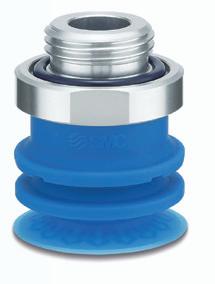
by routing compressed air through a venturi nozzle. An attractive option here is an integrated vacuum pad/ejector solution. A two-stage SMC ejector, for example, increases suction flow by up to 50% and reduces air consumption by up to 30%. Notably, the design features of these single compact units allow for daisy-chain piping, whilst mounting lock rings make for easier maintenance as it reduces the steps required for pad replacement.
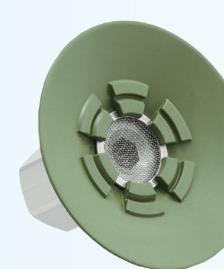


Also, easy to integrate and install, decentralised systems are often preferable in vacuum handling applications where you do not need to operate too many vacuum pads, as they can boost productivity through quicker response times. Simultaneously, decentralised systems increase safety by using several vacuum circuits for the transfer of one workpiece, since one specific ejector operates every single pad. In case of operational failure of one vacuum circuit, the other vacuum systems that remain operational secure the workpiece.
Smart makes sense































A centralised vacuum system consists of one ejector or vacuum pump for several pads, usually mounted on the robot arm or base of robot and connected to the pads via tubing. This type of system is a common solution that is easy to integrate and install.

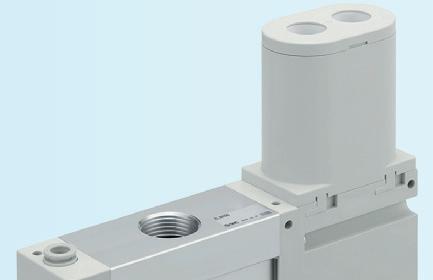
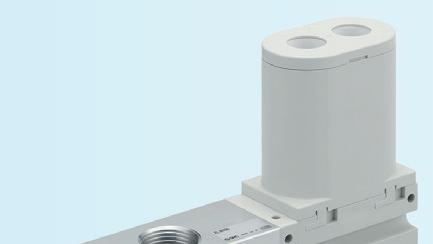
Decentralised systems involve one ejector operating one vacuum pad, usually placed directly at the pad. The typical vacuum source is an ejector, which produces vacuum
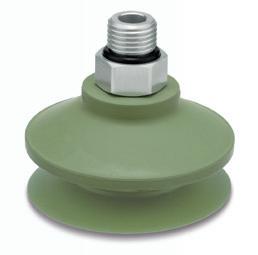
A top choice for many operators, Smart vacuum solutions bring some of the best functionality and benefits. For instance, Smart manifolds can leverage real-time distributed control via a fieldbus system, making it possible to control your components through integration with a PLC and facilitate the introduction of condition based monitoring and predictive maintenance strategies.
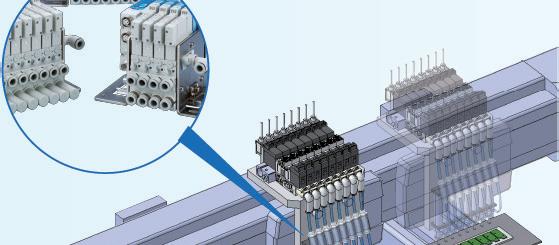
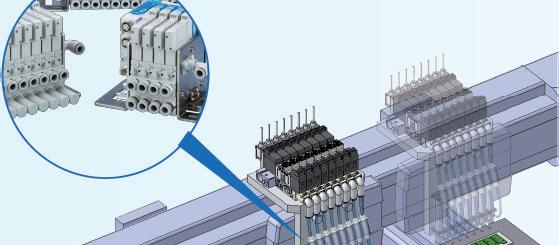
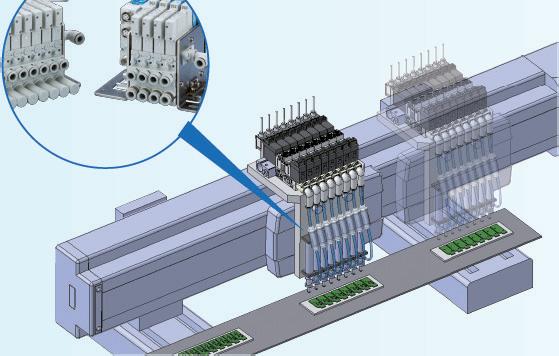
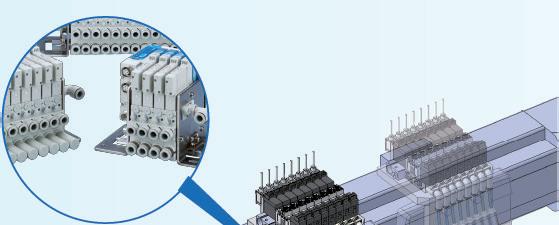

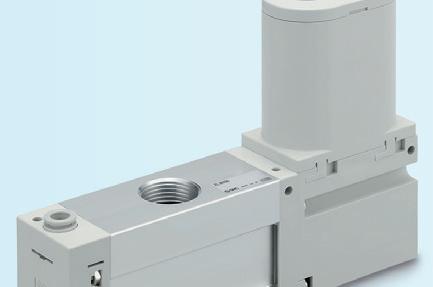
Further advantages include remote control of the vacuum ejector, vacuum generation on demand (depending on the pre-set vacuum level to be maintained) and vacuum break flow, which will increase the speed of your vacuum application.










Fit for purpose
Needless to say, a vacuum handling system will respond with improved efficiency if its fittings are correctly specified at the outset. In the first instance you should always check that any pneumatic fittings can work with negative pressure to avoid breakage and leaks.
The selected fittings should also facilitate the necessary flow without significant pressure drops. With that in mind, you should choose fittings with a sealing contour that lies against the tube surface in such a way that it makes a reliable seal, regardless of whether you are using negative or positive pressure. So ultimately the fitting’s sealing design is the influencing factor.
As a general rule, keeping the pipework as simple as possible will reduce energy loss throughout your system, while another good tip is maintaining short tube runs to reduce the cost and cycle time as well as the risk of leakage.












Focus on filtration

Another important element of any vacuum system is filtration. This helps to preserve the system thus reducing maintenance time and associated costs. It is advisable to install filter units between your vacuum pad and ejector to prevent particles of dust or powder from entering the system during the adsorption process. Any penetration of contaminants can easily clog or damage your ejectors, compromising overall system life.
Vacuum-saving valves
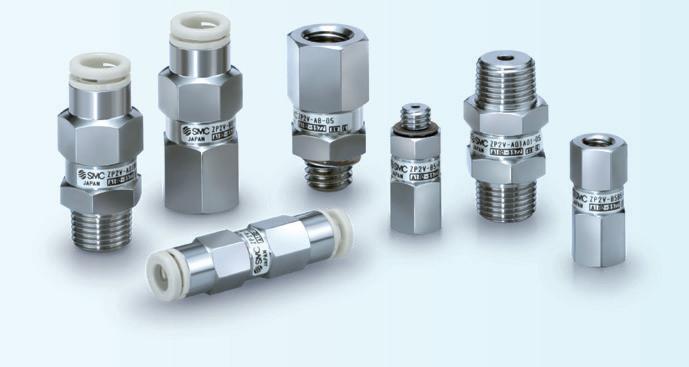
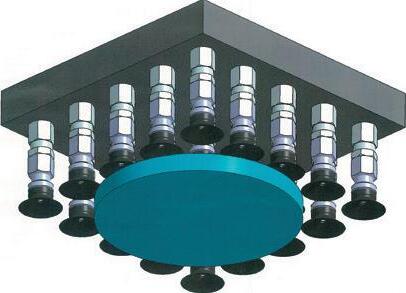
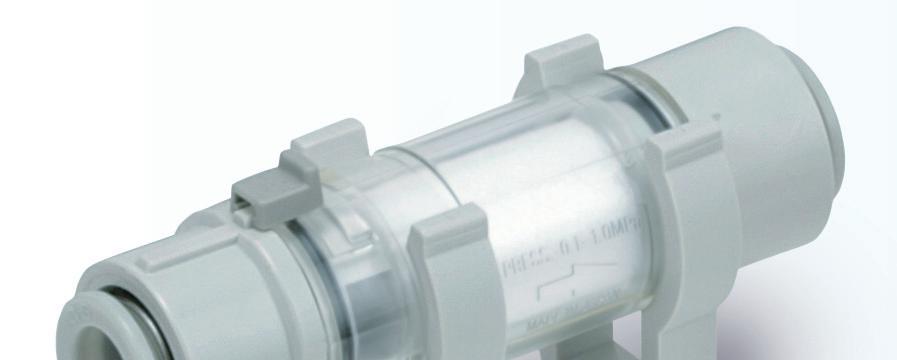
Often overlooked but you can bring great optimisation to your vacuum systems with effectively deployed valves. In applications where vacuum ejectors are operating multiple pads, some of which are not holding the workpiece, valves serve to control the reduction in vacuum pressure to ensure the workpiece remains held by the rest of the pads.
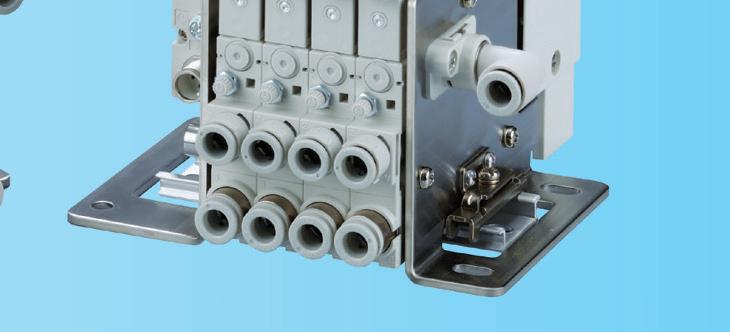
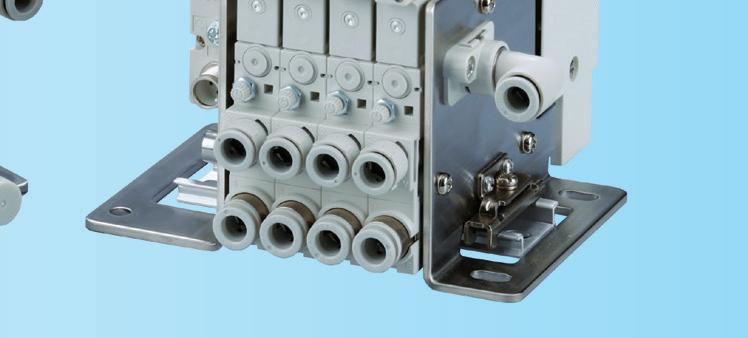

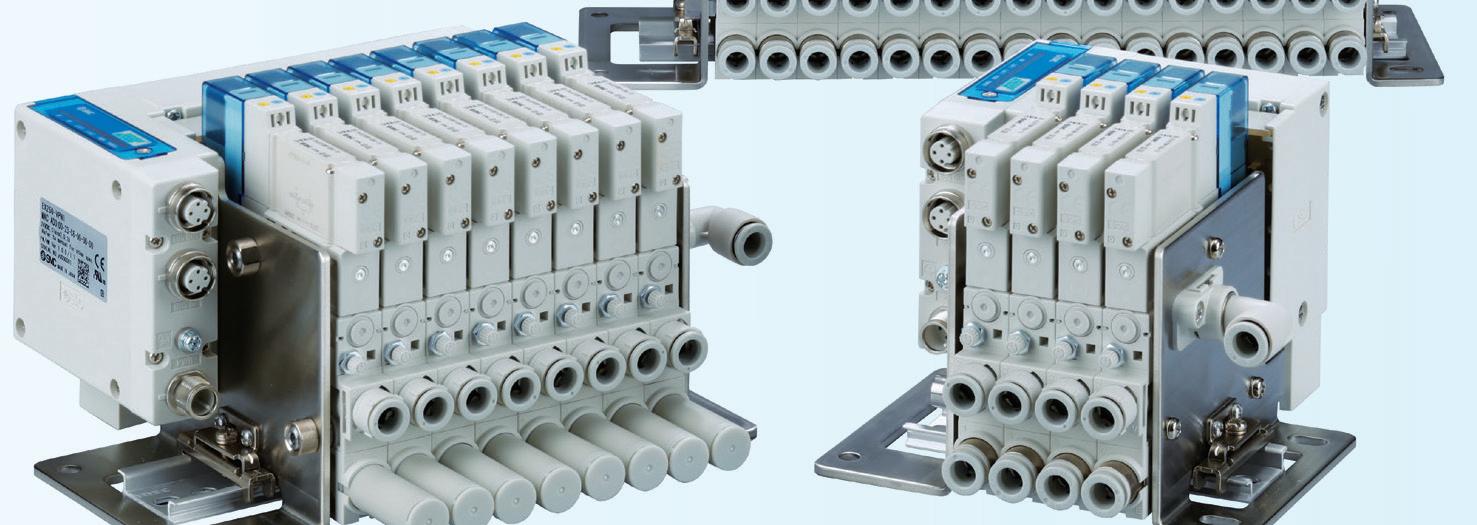
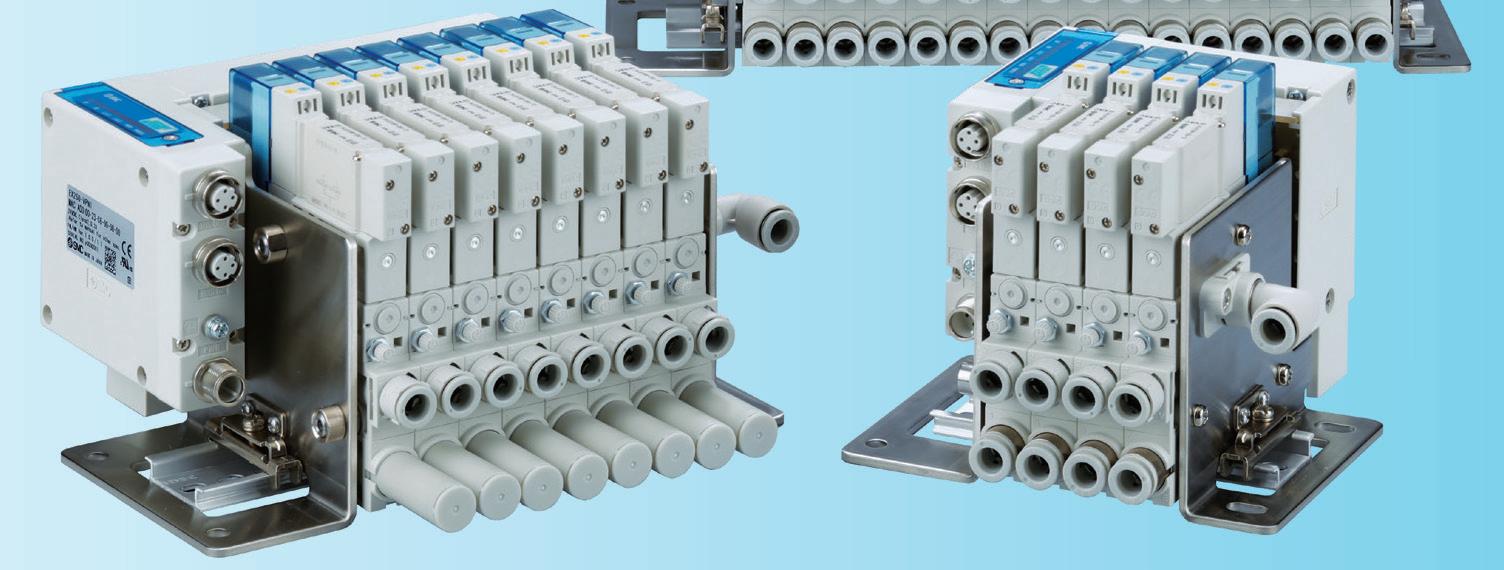
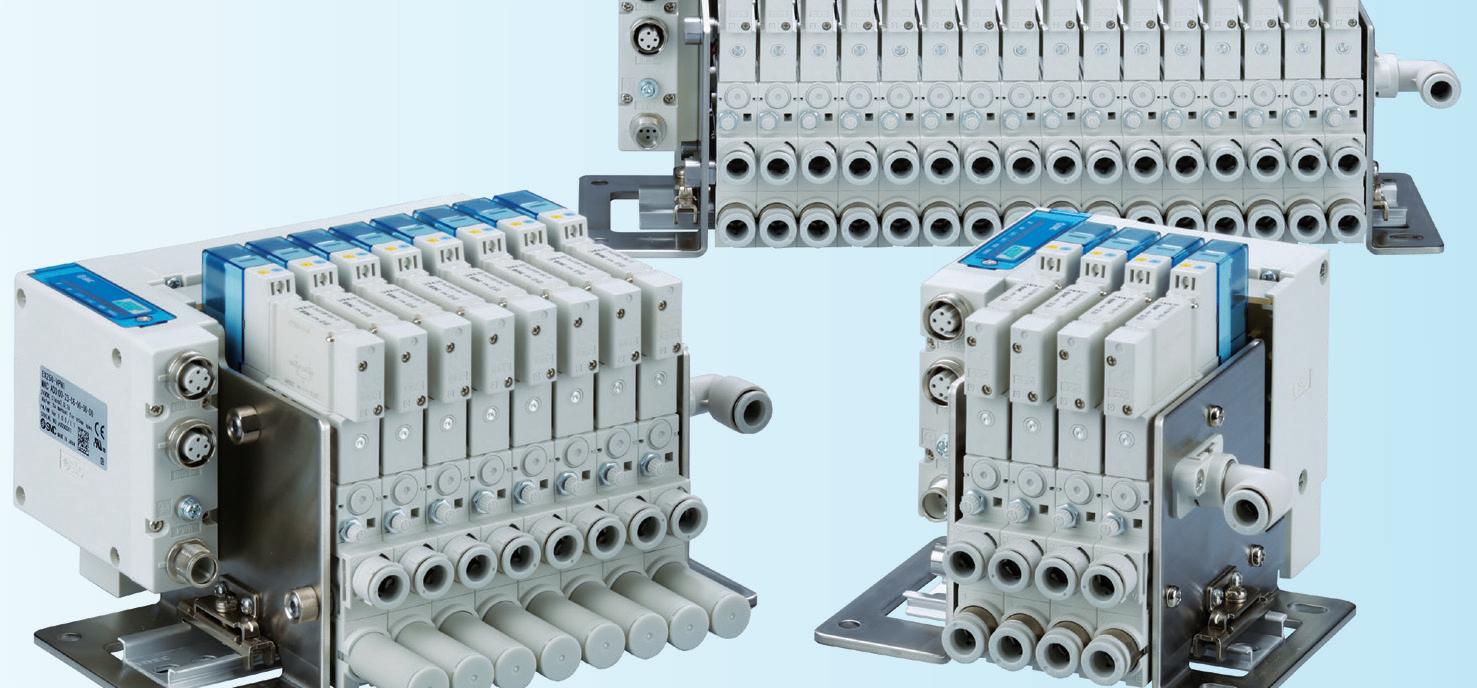
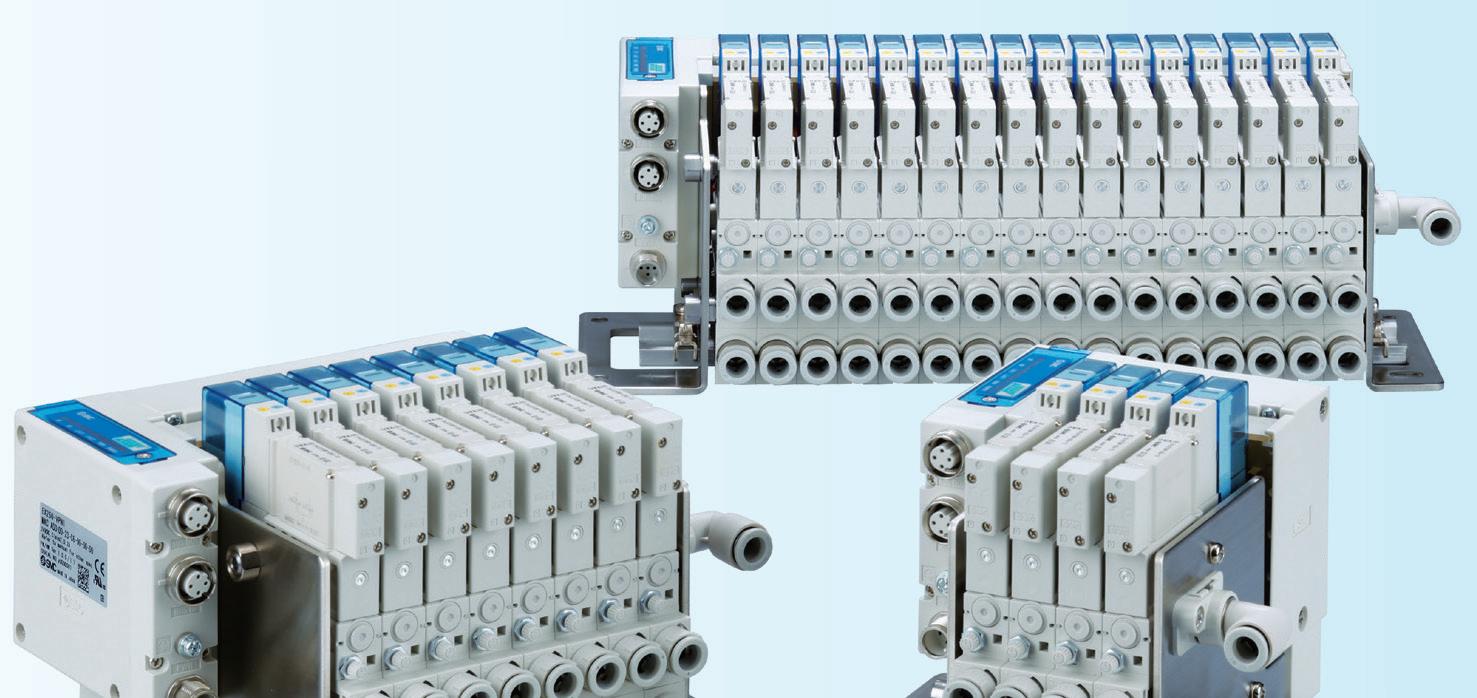
Another benefit of using a vacuum-saving valve is eliminating the need for a tool-switching operation when changing workpieces, saving time, and simplifying the control circuit.
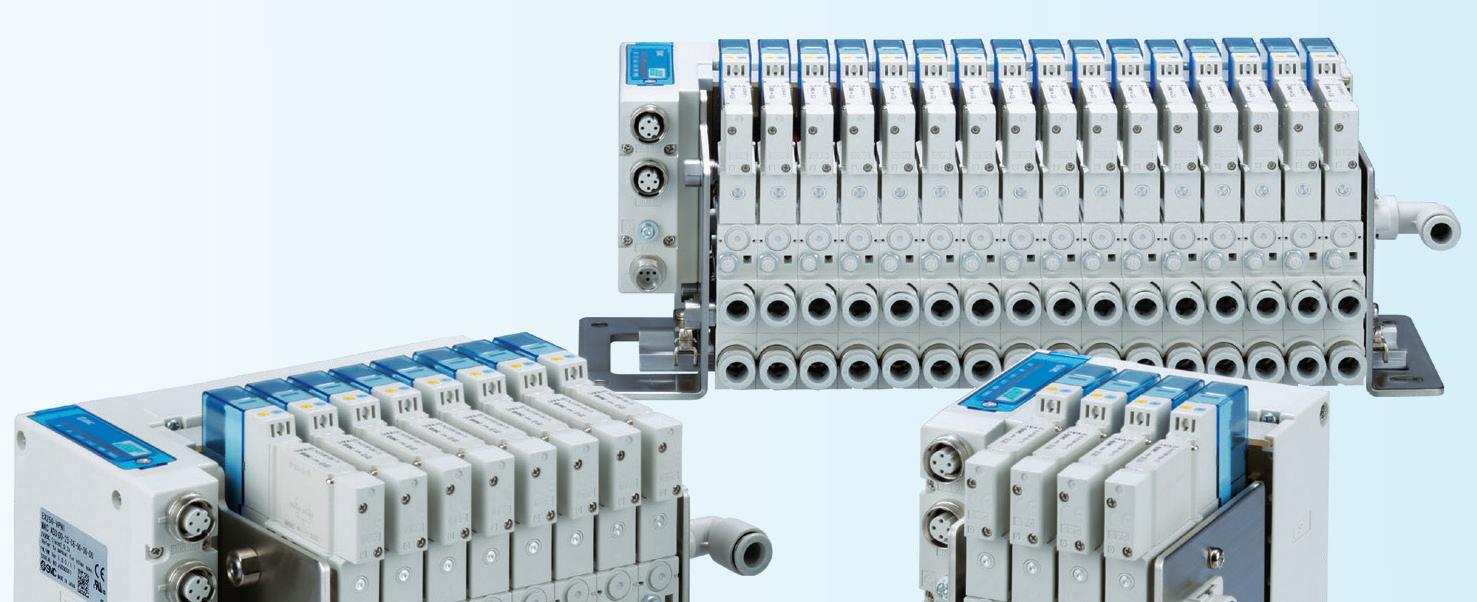
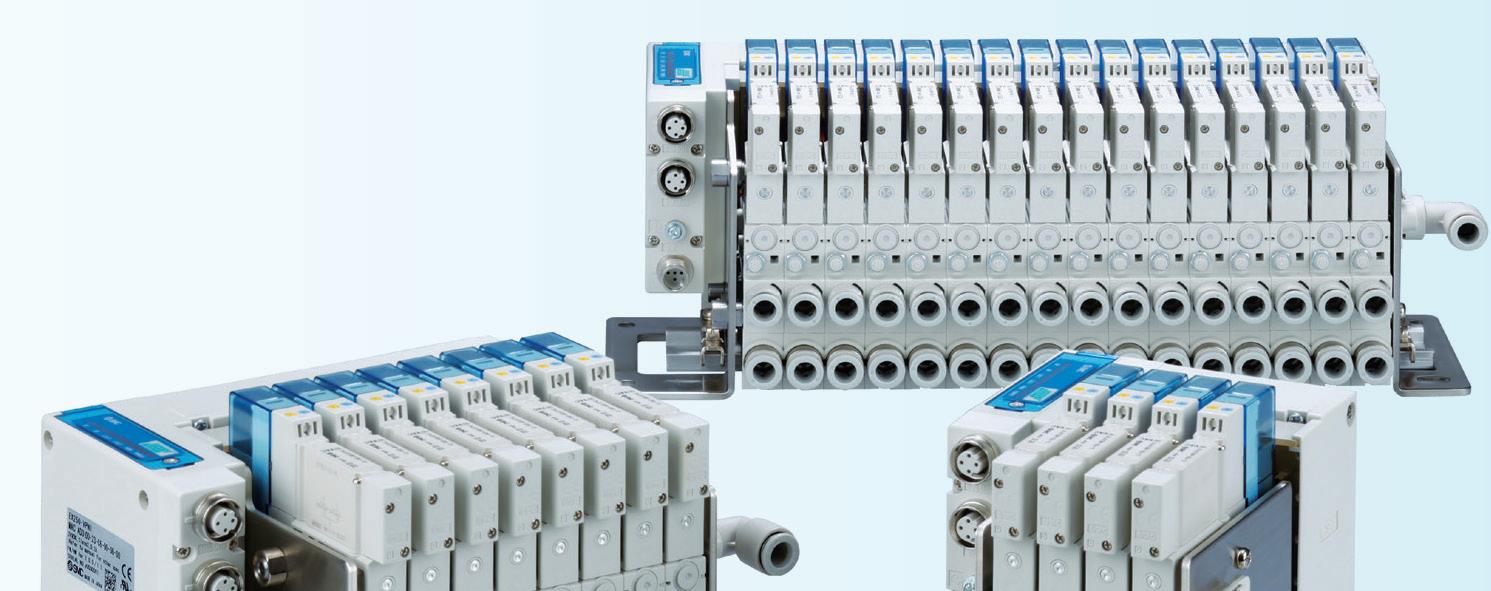
Size matters
When we’re talking about optimisation, we need to talk about size. Small and light components will not only result in direct cycle time benefits, but also enable the option of building more compact machines with lower weight, which in turn reduces cost. Smaller components can fit into narrower spaces, which meets demand from a growing number of machine and robot manufacturers responding to customer requests for more compact solutions. After all, a small footprint design saves valuable factory floor space.
Don’t entrust the efficiency of your vacuum handling system to luck: find a partner like SMC, a total solutions provider that can advise on and address all aspects of your vacuum system to optimise performance, cost, energy efficiency and reliability.






